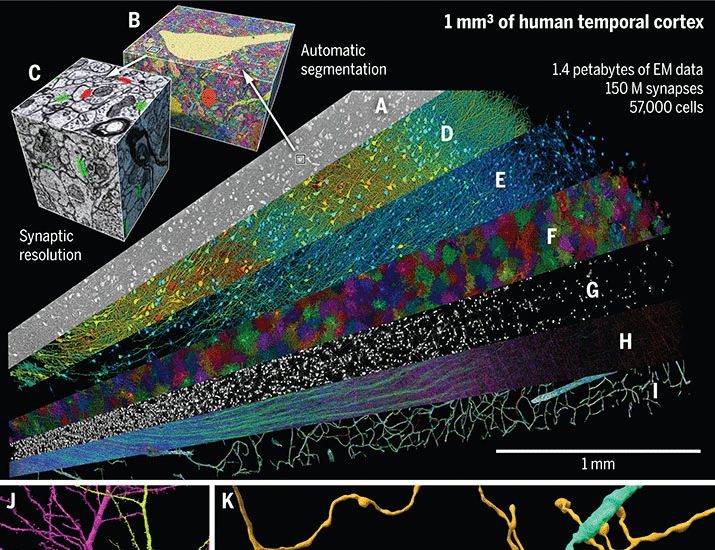

It’s truly a major leap forward in our search for life beyond Earth. Exciting times lie ahead. ✨
#HWO
It’s truly a major leap forward in our search for life beyond Earth. Exciting times lie ahead. ✨
#HWO
📌 Note: This video was recorded in 2020, when the mission was originally planned for a 2022 launch. Due to several delays, the launch was rescheduled to 2025—and today, it’s finally happening!
#NISAR #NASA #ISRO #Mission

📌 Note: This video was recorded in 2020, when the mission was originally planned for a 2022 launch. Due to several delays, the launch was rescheduled to 2025—and today, it’s finally happening!
#NISAR #NASA #ISRO #Mission
Can't wait to see lift-off 🚀🌏
5/n
Can't wait to see lift-off 🚀🌏
5/n
NISAR can detect surface movements as small as 1 centimeter—a phenomenal capability for studying earthquakes, ice sheet shifts, forest biomass, and more.
4/n
NISAR can detect surface movements as small as 1 centimeter—a phenomenal capability for studying earthquakes, ice sheet shifts, forest biomass, and more.
4/n
3/n
3/n

